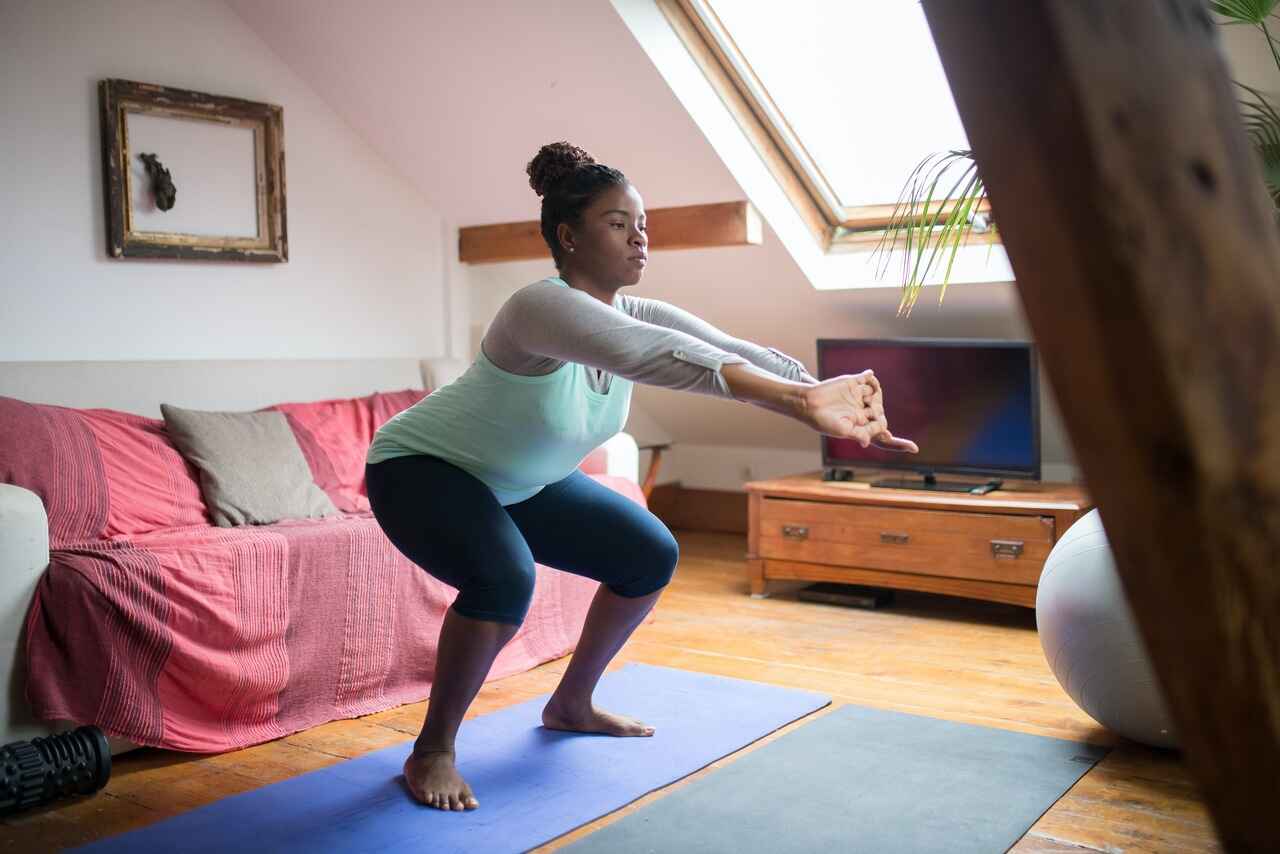Chronic constipation is a condition where a person experiences infrequent bowel movements or difficulty passing stools for an extended period of time. It is characterized by having fewer than three bowel movements per week and can be caused by a variety of factors, including poor diet, lack of exercise, and certain medications.
Chronic constipation can be uncomfortable and even painful, and can negatively impact a person’s quality of life. It is important to seek medical attention if chronic constipation persists, as it may indicate an underlying health issue.
There are different reasons for chronic constipation and ways to treat it. Our previous blog “Chronic Constipation: A guide for anyone who suffers” covers various reasons and treatments for chronic constipation.
This article specifically delves into the positive effects of exercise on the condition.
Exercises for Chronic Constipation

Exercise can be an effective way to improve your digestion and relieve constipation, as published in the Scandinavian Journal of Gastroenterology. Exercise helps you digest food better, and it also increases blood flow to your digestive system.
In addition to these benefits, exercise has also been shown to improve overall health by reducing stress levels and helping people sleep better at night.
While a single exercise session may or may not immediately stimulate a bowel movement, the optimal digestive advantages of exercise are the greatest in the long run.
Yoga for Chronic Constipation

Yoga is a great way to improve your overall health and well-being. Yoga is addressing constipation due to its ability to enhance blood flow to the intestines. This exercise involves core bracing, bending, and twisting, which promote the activation of the parasympathetic nervous system.
By utilizing calming postures and breathing techniques, yoga stimulates the parasympathetic nervous system, also known as the “rest and digest” system, which helps to reduce the fight-or-flight response and promote relaxation. This prepares the body for better digestion.
There are several yoga poses that can be helpful in easing constipation, including Supine Twist, Cobra, Bow and others.
Here is a wonderful articles with examples and explanations by Medical News Today. 8 yoga poses to relieve constipation
Pilates for Chronic Constipation

Pilates can be done at home or in a studio, and it’s easy to find videos online that show you how to do each exercise correctly.
Pilates focuses on core strength and stability, which are both important for managing chronic constipation symptoms. The “core” refers to your abdominal muscles as well as the muscles around your spine and pelvis; having strong cores means that these areas are able to support your body when it moves or changes position during activities like walking or sitting down (which can cause straining).
There are many types of pilates exercises that focus on strengthening the core area:
- Pilates mat work–these exercises use only equipment found on most mats such as resistance bands; they’re ideal if you’re just starting out with pilates because they don’t require much equipment at all!
- Chair exercises–these involve using chairs instead of mats so there’s less strain put on joints while still getting an effective workout
Aerobic Exercise for Chronic Constipation

Aerobic exercise is a great way to improve your overall health and well-being. It can also help with chronic constipation, including:
- Increasing breathing and heart rate, ultimately increasing blood flow to the GI tract, which helps move stool along more quickly.
- Facilitates the stimulation of intestinal muscles, prompting them to contract and aid in the efficient elimination of stools
- Reducing stress on the pelvic floor muscles, which may be weak or tight due to chronic constipation. This can make it easier for you to have bowel movements when they’re supposed to happen (and harder when they’re not).
Aerobic activities can include Light walking, jogging, even in place, jumping jacks, water aerobics, or zumba for extra fun.
Strength Training for Chronic Constipation

Strength training is a great way to build up your muscles, which can help you feel less constipated. Strength training also helps improve your overall health, including reducing the risk of heart disease and diabetes.
Strength training exercises include:
- Squats – Strengthen the muscles in your legs and core. They help improve posture by strengthening the lower back muscles, which support good posture when standing upright or sitting down on a chair or bench (like at work).
- Lunges – Lunges are another great exercise for improving leg strength while also working out other parts of your body like arms, shoulders and abs as well as improving balance if done correctly!
Tips for Exercise and Chronic Constipation
- Warm up and cool down.
- Listen to your body.
- Find the right balance between exercise and rest, as well as between different types of exercise (for instance, walking versus swimming).
- Don’t overdo it! If you’re feeling tired or sore after an activity, take some time off before resuming again at a lower intensity level.
- Always advise with a medical professional
Conclusion
- Exercise is a key component of a chronic constipation treatment plan.
- If you have constipation and are looking for ways to manage it, try adding exercise into your daily routine.
If you are experiencing chronic constipation, it is important to talk to your doctor about it. Your doctor can help determine the underlying cause of your constipation and work with you to develop a treatment plan that is tailored to your individual needs. It may be tempting to try to manage your constipation on your own, but without proper medical guidance, you may inadvertently worsen your condition or overlook a more serious underlying health issue. Don’t let chronic constipation negatively impact your quality of life. Schedule an appointment with your doctor today to discuss your symptoms and find the right treatment for you.
The blog is for educational purposes only.
If you are experiencing chronic constipation, it is important to talk to your doctor about it. Your doctor can help determine the underlying cause of your constipation and work with you to develop a treatment plan that is tailored to your individual needs, including exercise plan.
Photos by Ivan Samkov, Cottonbro studios, Karl Solano, Cottonbro studios, Campus production


